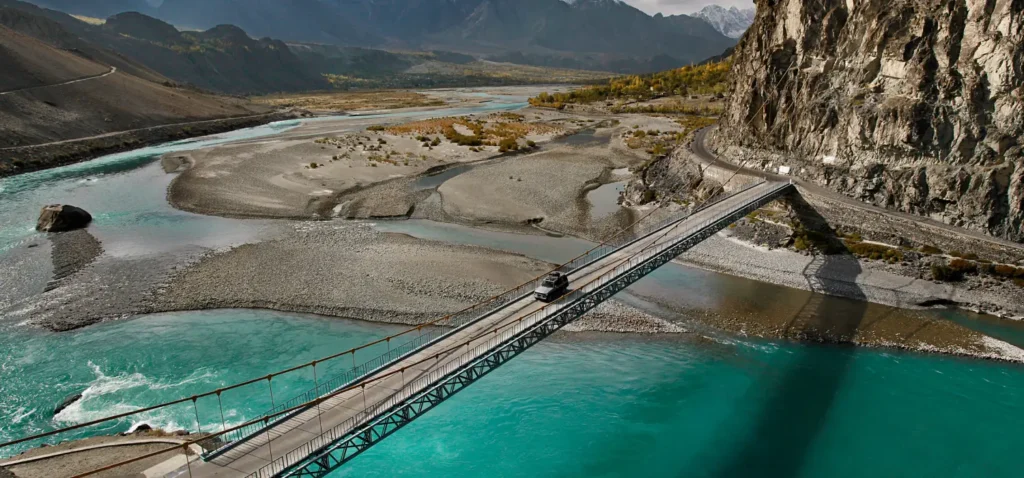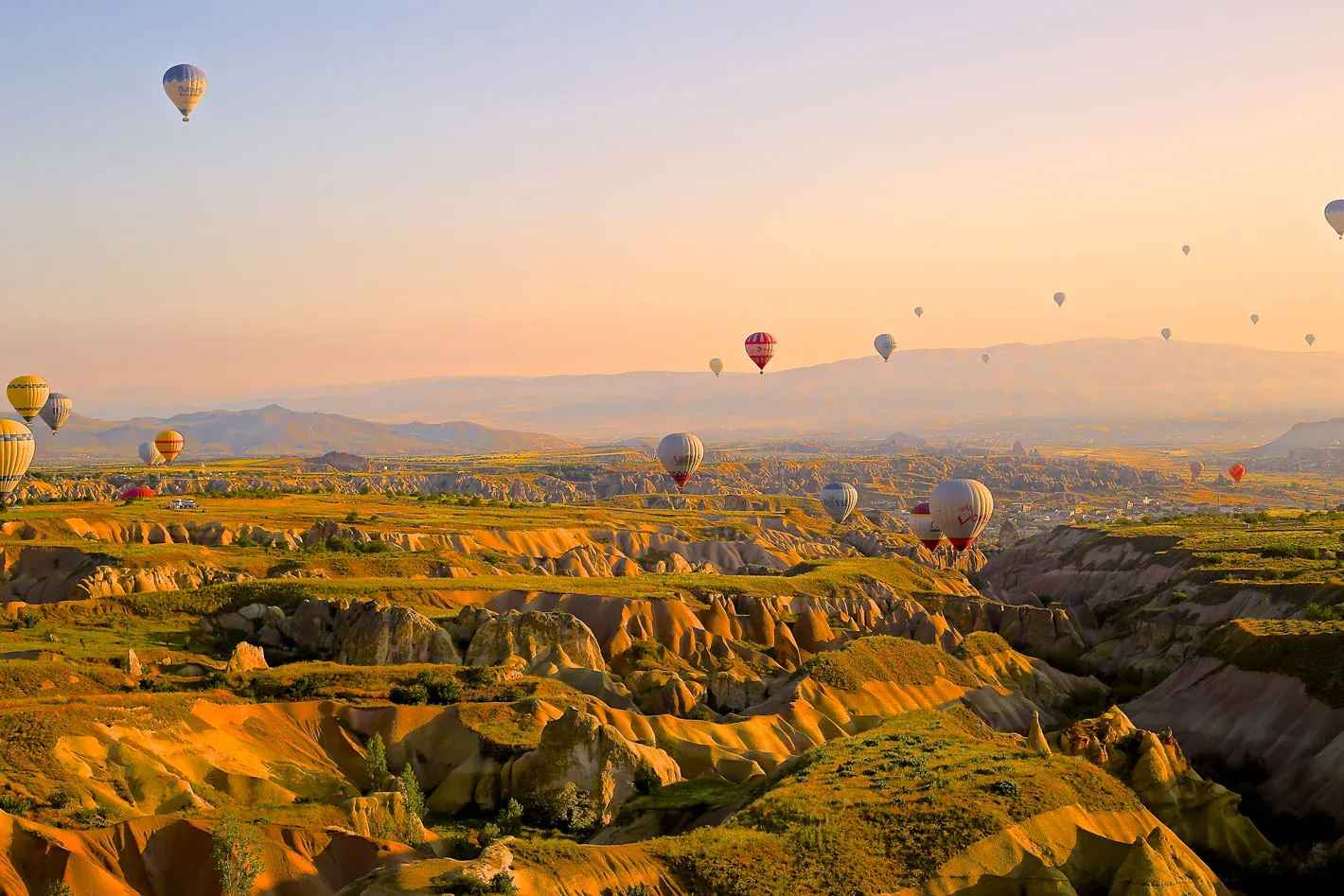Welcome to Pakistan
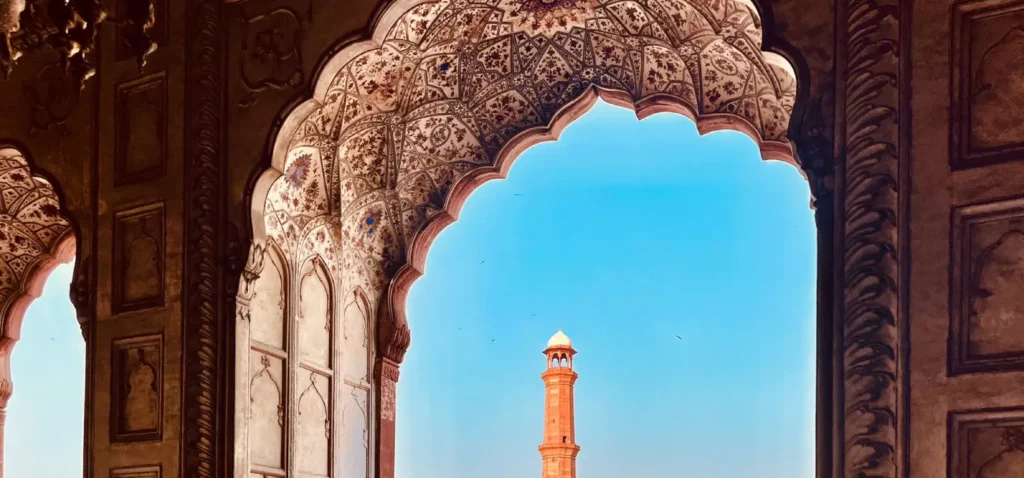
Punjab
Punjab, is known for its ancient cultural heritage as well as its religious diversity. The lands of Punjab have been home to a number of Sufi Shrines, Hindu Temples and holiest sites of Sikhism. The Indus Valley Civilization once ruled the region. The Gandhara civilization was also quite dominant in the northern region of Punjab at Taxila. Punjab represent a unique mixture of Mughals, Sikhs and Colonial architecture.
Sindh
Sindh is in the southeast of the country, and the historical home of the Sindhi people. Sindh has Pakistan’s second largest economy, while its provincial capital Karachi is Pakistan’s largest city and financial hub. Gorakh’s elevation gives it a special climate, with sub-zero temperatures during winter and generally below 20 °C (68 °F) in summer, with about 120 mm of average annual rainfall. The Government of Sindh is in the process of constructing a new road from Dadu to Gorakh Hill.
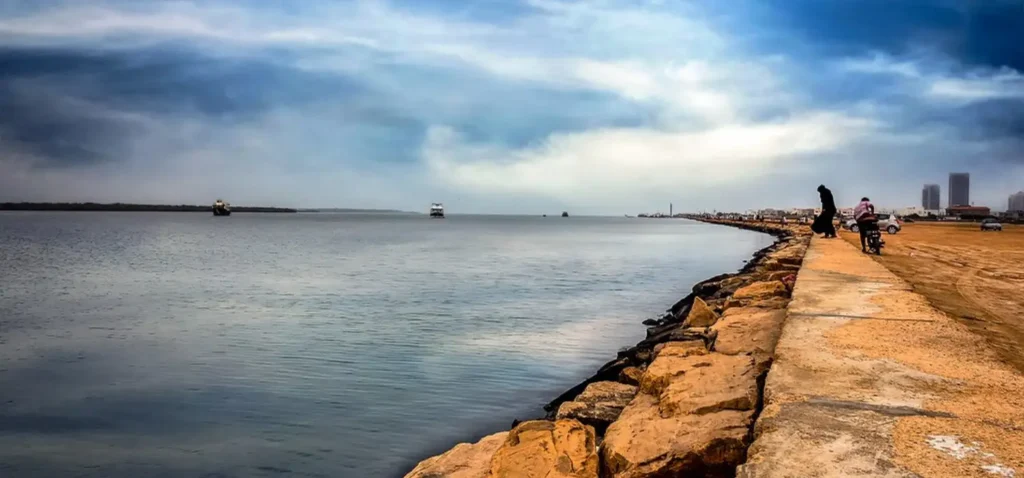
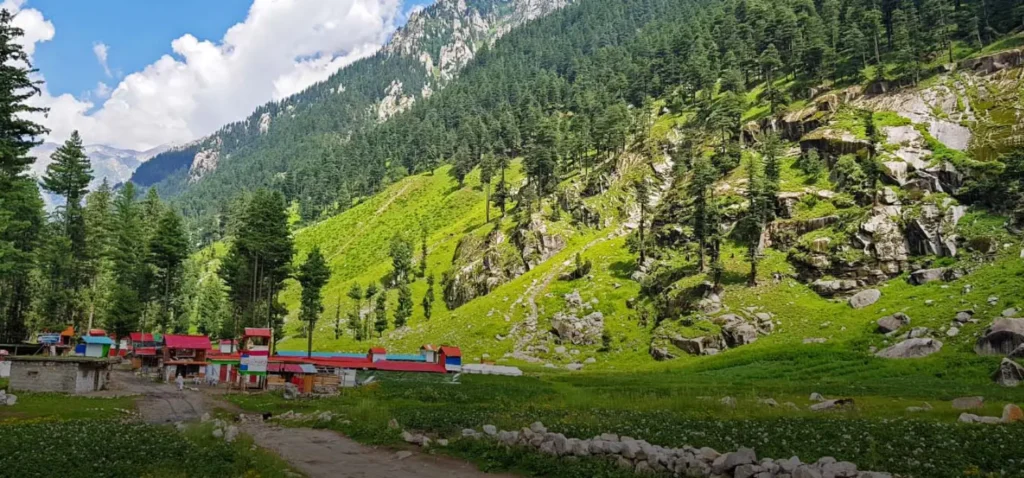
Khyber Pakhtunkhwa
Khyber Pakhtunkhwa is the land of hospitality, mesmerizing landscapes, comprehensive culture, astonishing history, legendry conquerors, and a hub of tourism. The province is located in the northwestern region of the country. The total area of the province is 101,741 km². Khyber Pakhtunkhwa enjoys unique status nationally and internationally due to its rich cultural and natural heritage and its appeal as a destination for adventurers, archaeologists, and explorers.
Balochistan
Nestled in the southwestern part of Pakistan, Balochistan province stands as a land of captivating landscapes, rich cultural heritage, and a fascinating history that dates back millennia. Despite being the largest province in terms of area, Balochistan remains an enigma to many, often overshadowed by the bustling cities of PakistanIn this article, we embark on a journey to unravel the hidden wonders and untapped potential of this remarkable province.
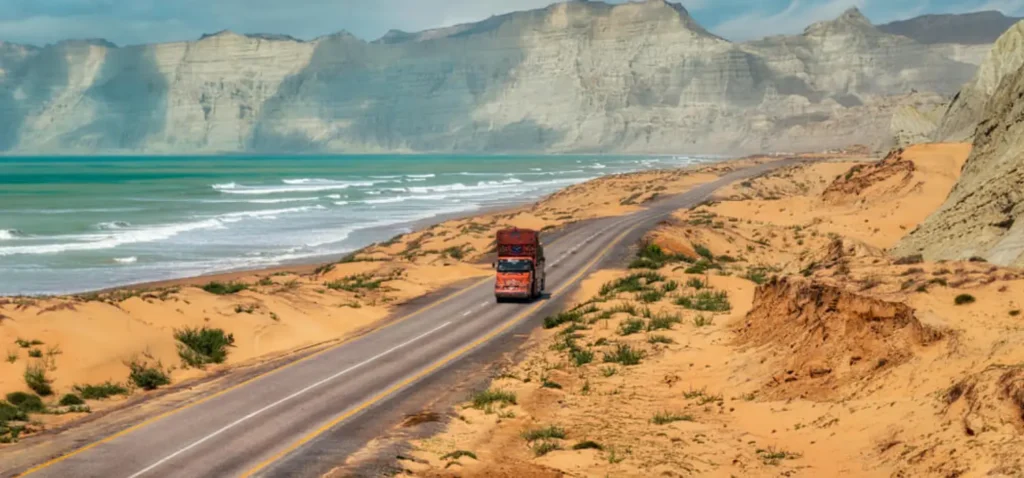
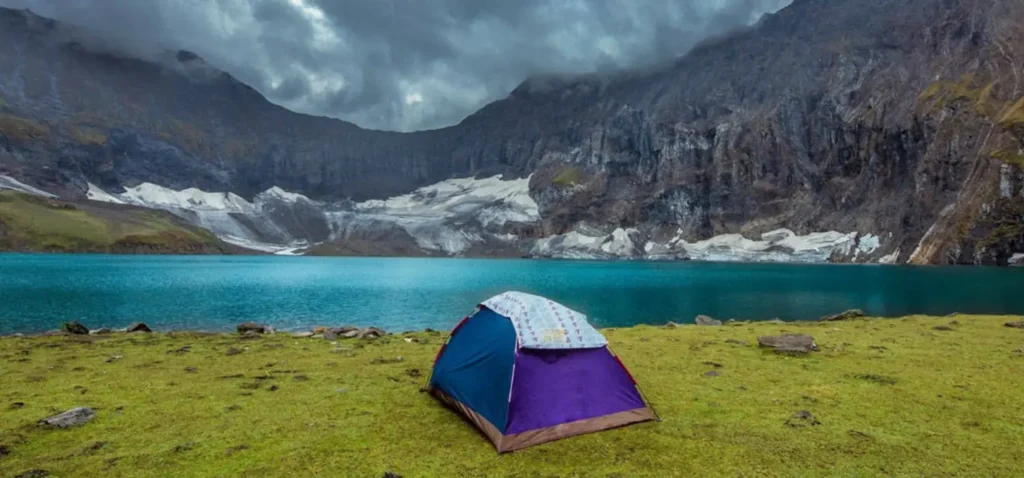
Azad Kashmir
The State of Jammu and Kashmir embodies the poetry of nature, which no human language can interpret in words. Its snow-covered peaks, dense forests, winding rivers, turbulent foaming streams, wheat-scented valleys, velvet green plateaus, and climate varying from arctic to tropical, all join together to make it an excellent tourist attraction. Valleys like Neelum, Jhelum, Ganga Choti, Rawalakot, Banjonsa, Valley Binah, Khoi Ratta, Tata Pani, Samahni, Mangla Lake, and Baghsar unfold delightful scenic beauty and a discerning tourist’s eyes.
Gilgit Baltistan
Gilgit-Baltistan (GB) is a very sparsely populated high-mountain area in the north of Pakistan. Its natural environment is usually described with superlatives – the longest glaciers outside of the polar region, home of the world’s second highest peak (K2) and four more eight-thousanders. GB is largely a high-mountain desert; geologically, it spreads over three high mountain systems: Himalaya, Karakorum and Hindukush. The society of GB is diverse in terms of language, religion and ethnicity.
